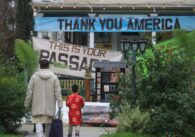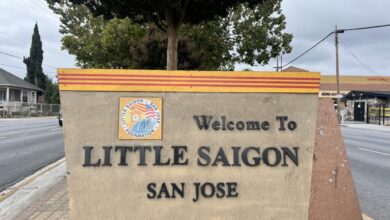
Nền kinh tế Hoa Kỳ có thể sớm tuyên bố sứ mệnh đã hoàn thành khi đất nước có thể đang tiến tới một kịch bản hạ cánh mềm được nhiều người mong đợi.
Tin bài Các nhà kinh tế hàng đầu dự báo rủi ro suy thoái giảm, lạm phát ở mức vừa phải cho Hoa Kỳ vào năm 2024 xuất hiện đầu tiên trên Epoch Times Tiếng Việt.
Read More@Epoch Times Tiếng Việt












